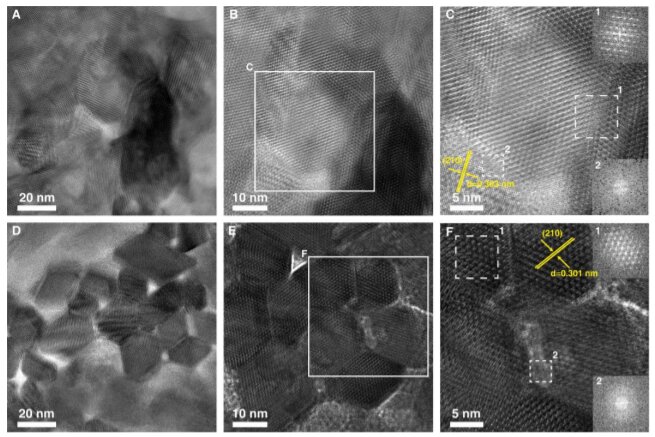Researchers create strong synthetic enamel similar to natural tooth covering
Date: 9.2.2022
A team of researchers from Beihang University, the Peking University School and Hospital of Stomatology and the Michigan Institute of Translational Nanotechnology has developed a synthetic enamel with properties similar to natural tooth enamel.
 Humans have been trying to prevent tooth decay for thousands of years, long before the field of dentistry arose. And while much progress has been made, one main area of advance has lagged – a means for replacing enamel when it is damaged or starts to wear away. In this new effort, the researchers created an enamel analog that they suggest might someday be used to replenish the enamel on human teeth.
Humans have been trying to prevent tooth decay for thousands of years, long before the field of dentistry arose. And while much progress has been made, one main area of advance has lagged – a means for replacing enamel when it is damaged or starts to wear away. In this new effort, the researchers created an enamel analog that they suggest might someday be used to replenish the enamel on human teeth.
Prior research has shown that the reason that human enamel is so strong and yet also slightly elastic is because it consists of tiny rods made of calcium that are packed tightly together like pencils in a box. In their new effort, the researchers attempted to mimic tooth enamel as closely as possible by producing a material using AIP-coated hydroxyapatite nanowires that were aligned in parallel using a freezing technique that involved applying polyvinyl alcohol.
The researchers applied the enamel to a variety of shapes, including human teeth, and then tested how well it performed. They found it had a high degree of stiffness, was strong and was also slightly elastic. They also found that on most of their tests, the synthetic enamel outperformed natural enamel.























